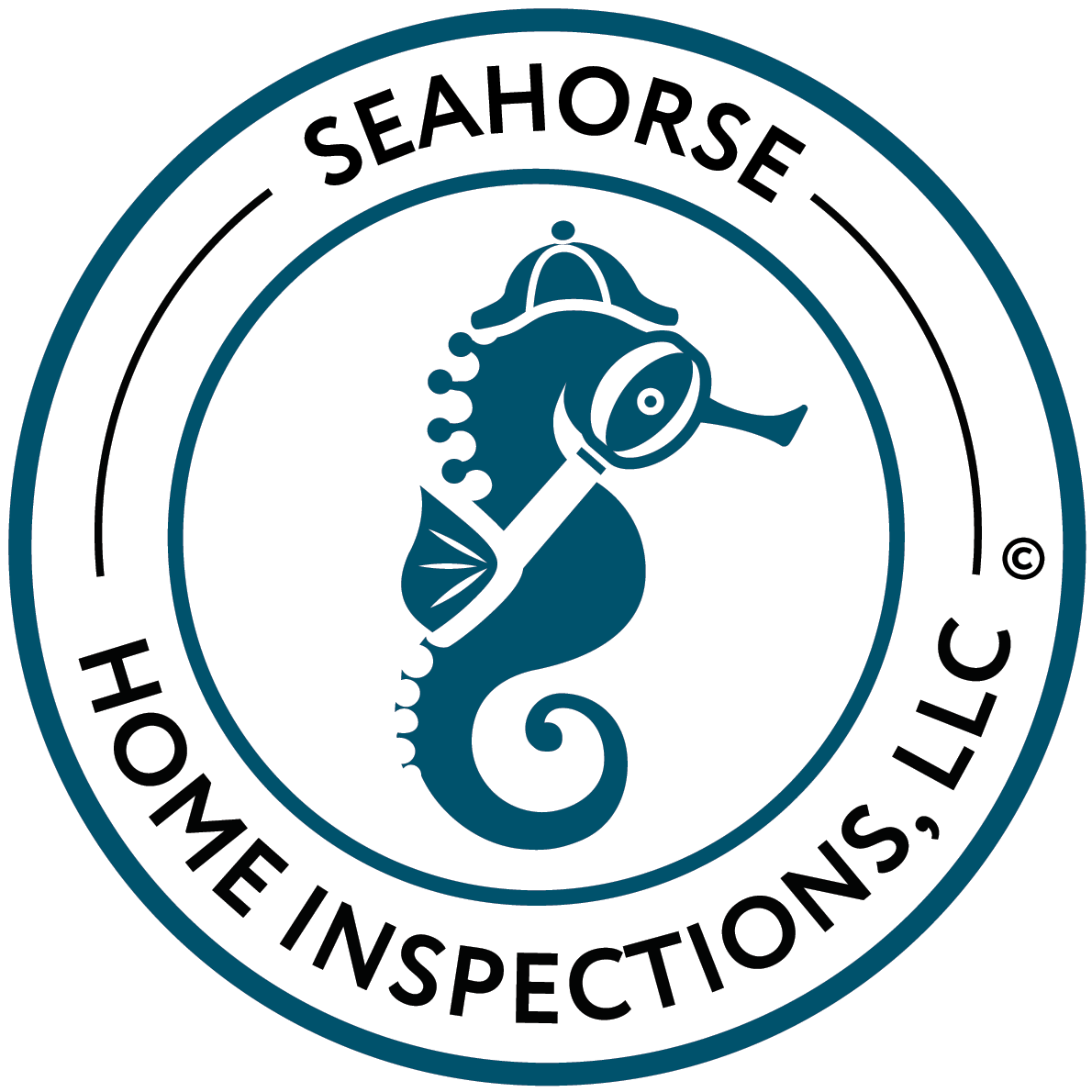Buying a home is exciting, but it comes with steps and decisions that might feel overwhelming. One step that often surprises homebuyers is the 4-point home inspection. Unlike a full home inspection, which checks the entire property, a 4-point inspection focuses on four key systems: roof, plumbing, electrical, and HVAC. These areas are often the most expensive to repair or replace, and insurance companies want assurance that they are in acceptable condition before issuing coverage.
Why a 4-Point Home Inspection Matters
For many buyers, the 4-point home inspection is about meeting insurance requirements. Insurance providers use the results to assess the risk of insuring the home, while buyers better understand the property’s condition. If any of these four systems show signs of age, damage, or poor maintenance, it could affect your ability to get insurance and your future repair costs. In short, this inspection safeguards not just your purchase but also your long-term financial stability.
What Inspectors Look for on the Roof
Because the roof is a critical component to the overall condition of a home, inspectors focus closely on it during a 4-point inspection. They examine the roof’s age, materials, and overall condition. They check for leaks, missing shingles, or signs of water intrusion. Insurance companies often have strict rules regarding roof age and condition, so a detailed assessment is critical. Knowing the roof’s remaining lifespan helps you plan for maintenance and avoid unexpected repair costs down the road.
Plumbing Concerns That Raise Red Flags
Plumbing problems could be costly and disruptive, which is why plumbing is a key focus of the 4-point inspection. Inspectors evaluate the type of pipes installed, check for leaks or corrosion, and look for signs of previous water damage. Some older materials, like polybutylene or galvanized piping, often raise red flags with insurance companies. Knowing your plumbing’s condition helps you spot potential issues and decide if upgrades are needed for insurance.
Keep Electrical Systems Safe with a 4-Point Home Inspection
Electrical systems are another area of concern for insurance companies. Outdated wiring, such as aluminum or knob-and-tube, could be hazardous and may not meet modern safety standards. During a 4-point inspection, inspectors assess the main panel, wiring types, and overall functionality to make sure the system is safe and can handle a modern household’s demands. Identifying electrical risks early helps protect you from fire hazards and ensures your home is insurable.
Understanding the Condition of Your HVAC
Heating, ventilation, and air conditioning systems are important for comfort and efficiency. The 4-point home inspection evaluates the age, condition, and functionality of these systems. Inspectors look for signs of poor maintenance, leaks, or inefficiency. An aging system could concern insurance providers and may need repairs or replacement sooner than expected. Knowing where your HVAC system stands helps you plan for potential expenses and negotiate repairs or replacements if necessary.
How Buyers Benefit from a 4-Point Home Inspection
While the main purpose of a 4-point inspection is often to satisfy insurance companies, buyers reap significant benefits as well. Understanding the state of the roof, plumbing, electrical, and HVAC systems gives you valuable insight into the true condition of the property. This knowledge helps you make informed decisions, negotiate repairs or pricing with the seller, and prepare financially for any updates the home may need. Ultimately, it gives you confidence that your investment is protected.
FAQs
Is a 4-point inspection the same as a full home inspection?
No. A 4-point inspection only evaluates the roof, plumbing, electrical, and HVAC systems, while a full home inspection covers the entire property.
Do I always need a 4-point home inspection?
In Florida they are often a requirement for insurance providers. In other states insurance providers sometimes need them depending on the age of the home.
How long does a 4-point inspection take?
Because it focuses on four systems, the process is usually faster than a full inspection, often taking one to two hours depending on the property.
Will a 4-point inspection affect my insurance rates?
Yes, it can. If the systems are in good condition, it may help you secure better rates. If issues are found, insurance providers may require repairs before issuing a policy.
Can I use a 4-point inspection to negotiate with the seller?
Yes. If problems are identified, you could request repairs, ask for a price adjustment, or receive credits at closing.
Seahorse Home Inspections provides home inspections to buyers in St. Lucie County and the surrounding areas. Contact us to schedule an appointment.

